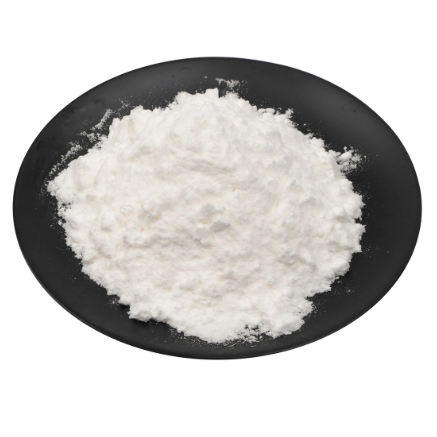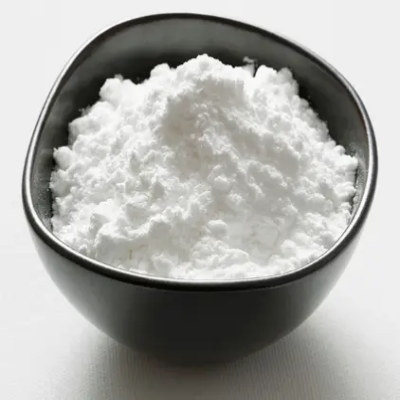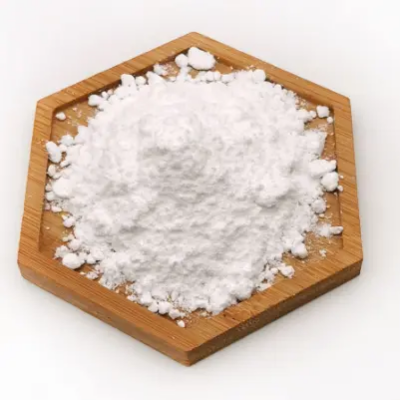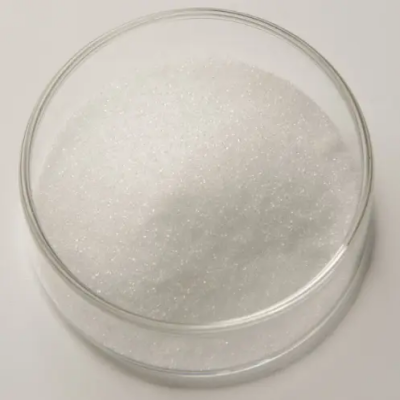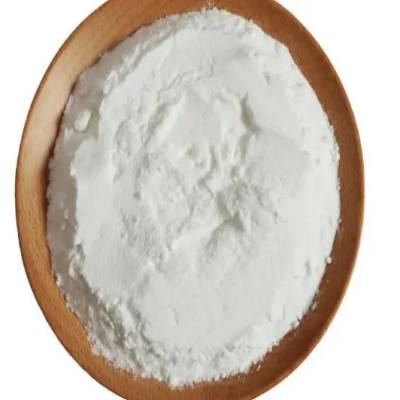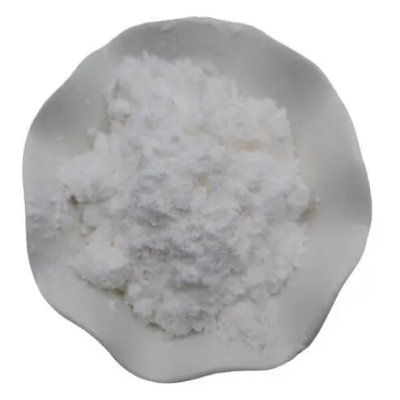N,N’-Methylenebisacrylamide CAS:110-26-9
Crosslinking Effect: MBAA can link together acrylamide monomers to form crosslinked polymer networks. This crosslinking effect enhances the stability and strength of gels or polymer matrices.
Gel Electrophoresis: One of the most common applications of MBAA is in gel electrophoresis techniques like polyacrylamide gel electrophoresis (PAGE) and sodium dodecyl sulfate-polyacrylamide gel electrophoresis (SDS-PAGE). MBAA is added to acrylamide monomers to crosslink them and form a stable gel matrix, allowing the separation of biomolecules based on their size and charge during electrophoresis.
Protein Analysis: MBAA is crucial in protein research and analysis. It allows for the separation of proteins by size and enables Western blotting, protein purification, and other protein characterization techniques.
Nucleic Acid Analysis: MBAA is also used in nucleic acid analysis techniques like DNA sequencing, DNA fragment separation, and DNA footprinting. It provides a stable gel matrix that facilitates the separation of DNA fragments based on their size.
Molecular Imprinting: MBAA is employed in molecular imprinting techniques, where a template molecule is incorporated into a polymer matrix. After removal of the template, the polymer matrix retains memory of the molecule's shape, allowing selective binding and recognition.
Drug Delivery Systems: MBAA can be used to create crosslinked polymer networks with the ability to release drugs or other molecules in a controlled manner. It has applications in creating sustained-release formulations for pharmaceuticals, enhancing drug stability, and improving drug delivery efficiency.
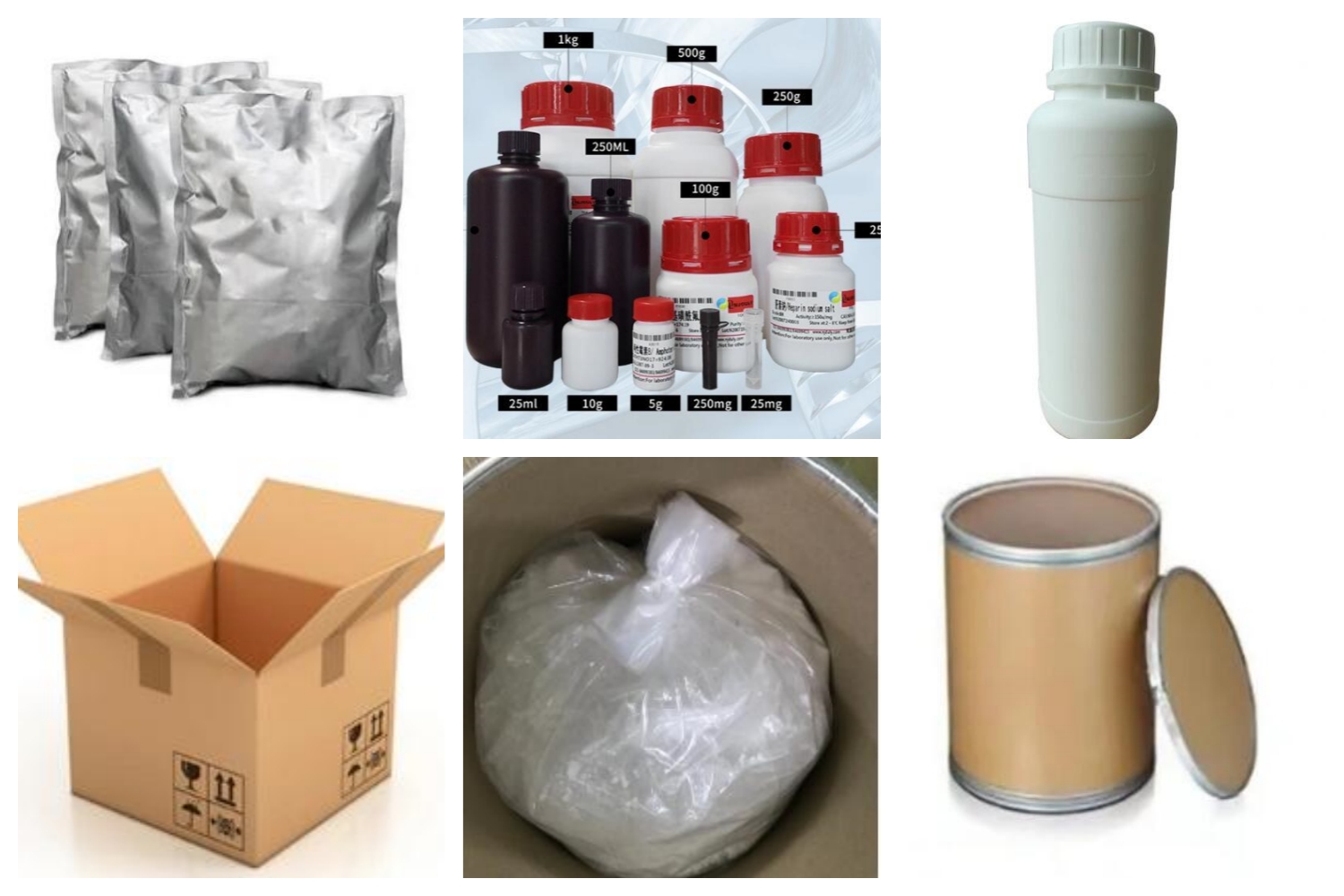
| Composition | C7H10N2O2 |
| Assay | 99% |
| Appearance | White powder |
| CAS No. | 110-26-9 |
| Packing | Small and bulk |
| Shelf Life | 2 years |
| Storage | Store in cool and dry area |
| Certification | ISO. |


